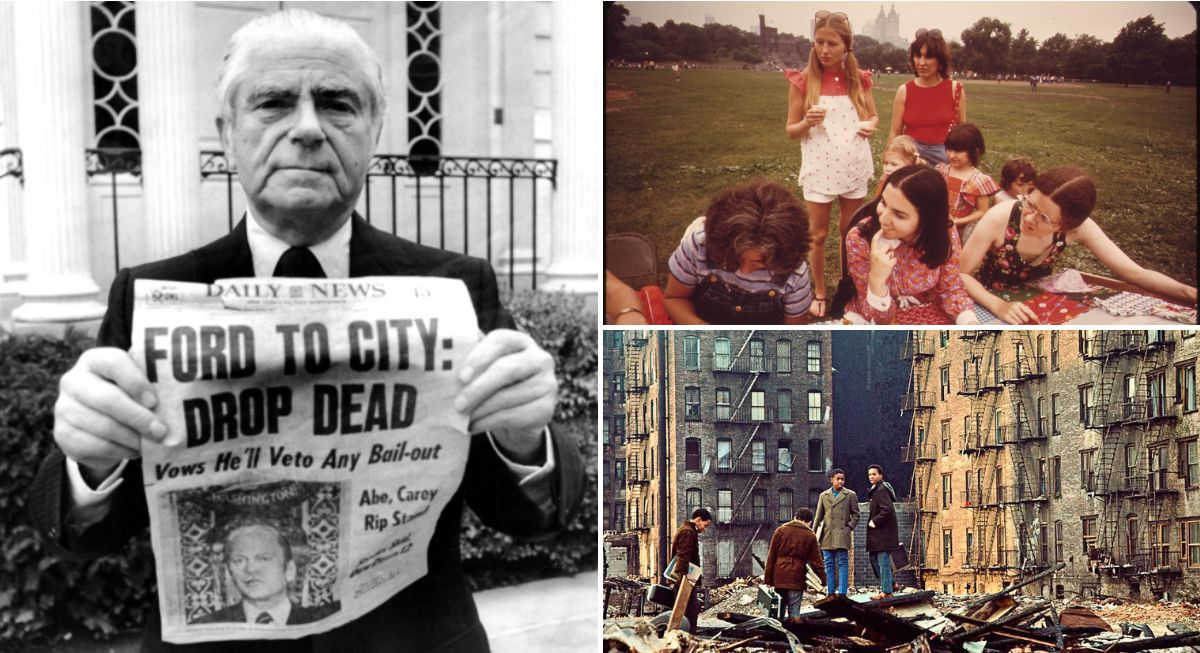For every McDonald’s and Taco Bell that thrived, there are plenty of once-beloved restaurants that met a different fate. Rapid expansions, bad business decisions, changing consumer tastes, and even full-blown scandals sent these chains into a downward spiral.
So what happened to these once-booming restaurant empires? Let’s learn below.
Steak and Ale
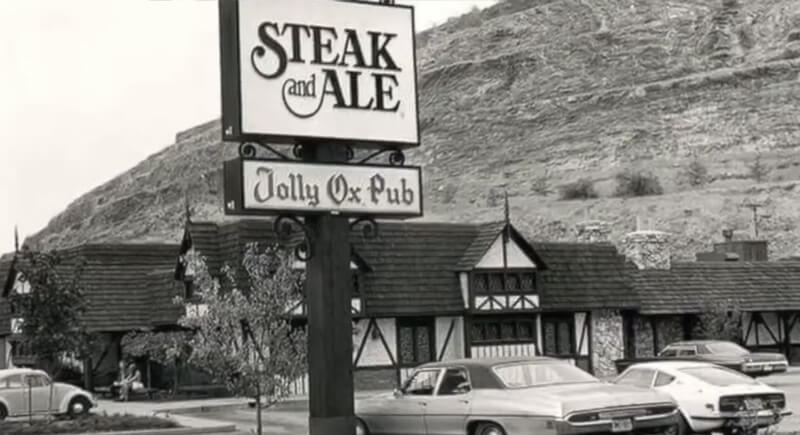
Credit: Youtube
This restaurant was once a pioneer that couldn’t keep up. It was introduced in 1966 by Norman Brinker, who practically invented casual dining and served up affordable steak with a side of sophistication. It thrived through the ’70s but struggled against growing competition in later decades, finally filing for bankruptcy in 2008.
Lum’s

Credit: Wikimedia Commons
Lum’s started as a Miami Beach hot dog stand in 1956 and became an empire in no time. At its peak, it had around 400 locations. But a series of bad ownership decisions—including a failed expansion by KFC’s parent company—led to bankruptcy in 1982.
Valle’s Steak House

Credit: Instagram
This restaurant had big steaks and even bigger problems. Valle’s Steak House is known for its massive dining rooms and generous portions. It peaked in the ’70s with 12 locations. After founder Donald Valle passed away in 1977, estate taxes and financial mismanagement took their toll. By 2000, Valle’s had vanished.
Sambo’s

Credit: flickr
The pancake powerhouse had more than 1,100 locations by 1979. However, controversy over its racially insensitive name and branding led to boycotts and lawsuits. The company rebranded some locations, but it wasn’t enough—Sambo’s declared bankruptcy in 1981.
Gino’s

Credit: Youtube
Gino’s Hamburgers became a major East Coast fast-food chain and gained popularity because NFL players owned it. But in 1982, Marriott Corporation bought the brand and converted most locations into Roy Rogers restaurants. That was the end of Gino’s—until a small-scale revival decades later.
Minnie Pearl’s Chicken
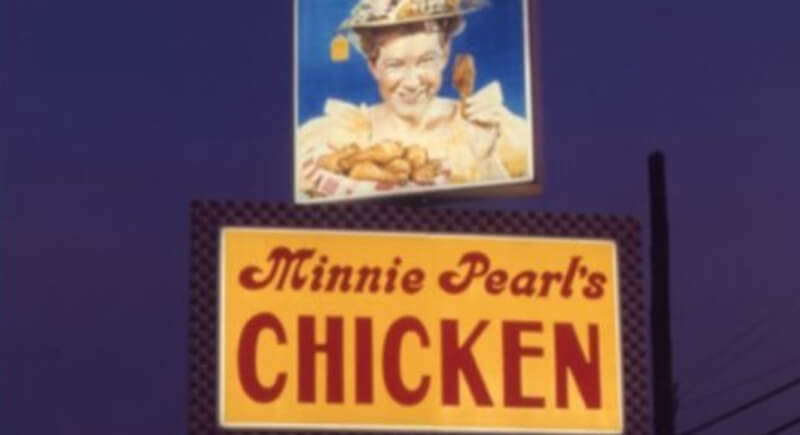
Credit: Facebook
Minnie Pearl’s Chicken hoped to rival KFC with its country music star branding. Investors jumped in, and locations opened fast. Unfortunately, poor planning and zero experience in restaurant management led to chaos. The business collapsed in the early ’70s and took millions of dollars with it.
Burger Chef
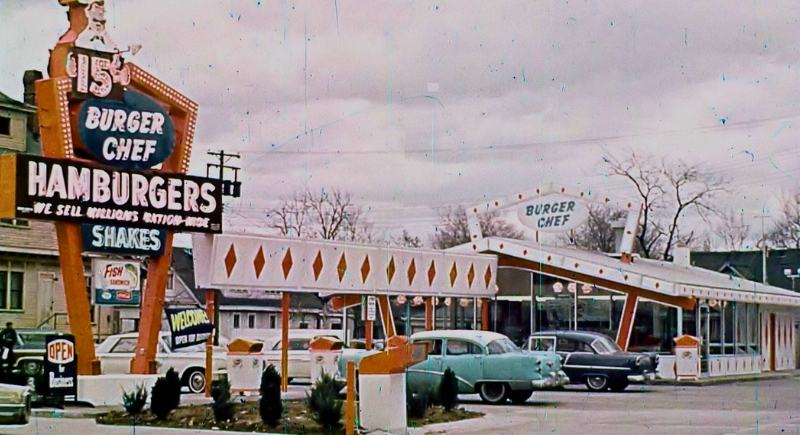
Credit: Facebook
At one point, Burger Chef had more than 1,000 locations. What didn’t turn out in their favor was inconsistent quality, which also led to poor corporate decisions. A big dip in sales caused Hardee’s to buy the chain in 1982. The best locations were reused by the new chain, and the original brand retired.
Howard Johnson’s

Credit: flickr
For decades, Howard Johnson’s was a roadside dining star, famous for its fried clams and 28 ice cream flavors. At the same time, fast-food competitors like McDonald's and Wendy’s became famous and chipped away at Howard Johnson’s market share. The company filed for bankruptcy in 1985, and by 2017, the last location had closed.
Chi-Chi’s
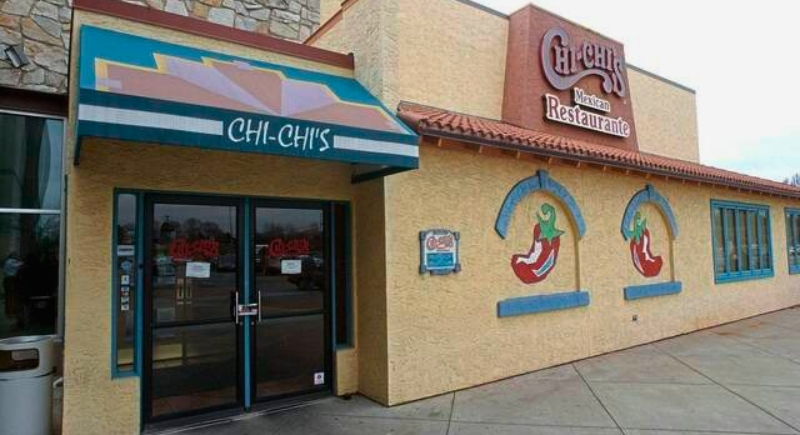
Credit: Facebook
Chi-Chi’s brought Mexican-inspired dining to the masses in the ’70s and ’80s. However, a hepatitis A outbreak in 2003 devastated its reputation, leading to lawsuits and bankruptcy in 2004. However, the brand is set for a surprising comeback in 2025, with new locations planned in Minnesota.
Official All Star Café
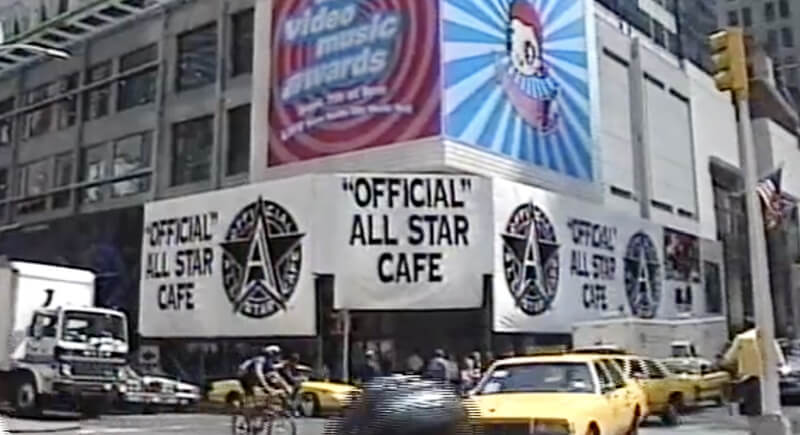
Credit: Youtube
Official All Star Café was launched in 1995 with backing from sports legends like Shaquille O’Neal. The restaurant flourished after several celebrity endorsements, which, unfortunately, couldn’t save it when it went bankrupt. Interest dwindled, and by the early 2000s, the brand had filed for bankruptcy and vanished.
Red Barn
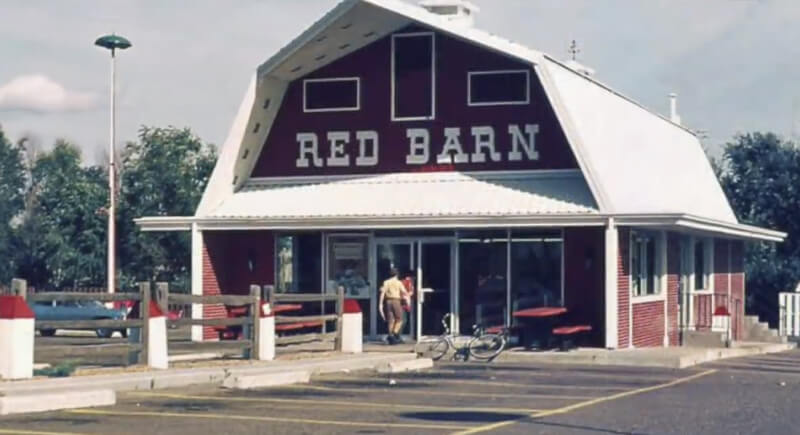
Credit: Youtube
Red Barn had hundreds of locations and was famous for its oversized burgers and unique barn-shaped buildings. Around the same time, the rise of fast-food giants became tough for Red Barn to compete with. They could no longer carry it forward after the late 1980s when most of its locations were either demolished or repurposed.
Winky’s
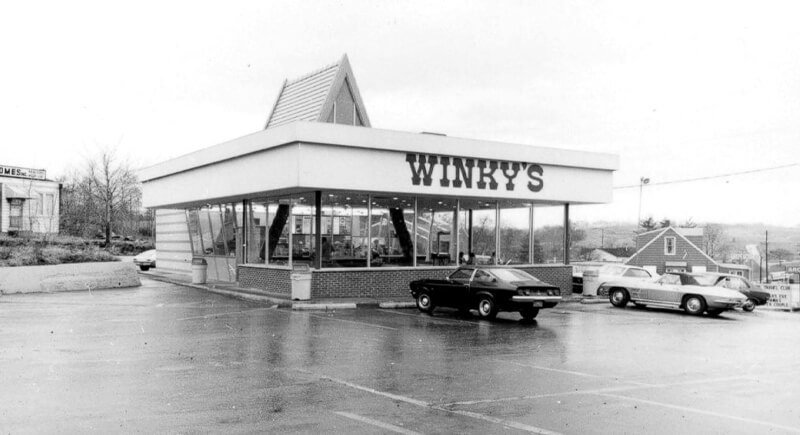
Credit: Facebook
This restaurant couldn’t survive due to its mounting financial struggles. Winky’s was famous for its “Winky’s Makes You Happy to Be Hungry” slogan. It was also a popular name for its fast food during the ’60s and ’70s. Eventually, the company filed for bankruptcy and closed its locations for good.
Kenny Rogers Roasters
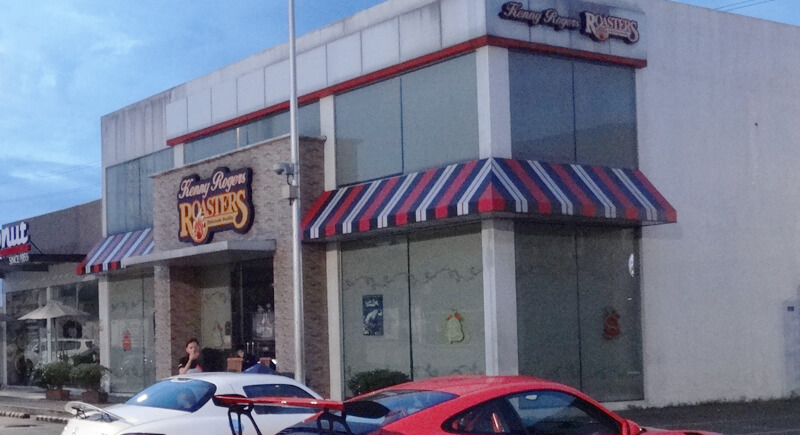
Credit: Wikimedia Commons
Founded in 1991 by country star Kenny Rogers, this rotisserie chicken chain was wildly popular in the ’90s, even making a cameo in Seinfeld. The beloved restaurant, however, couldn’t keep up with the mounting financial troubles that led to its bankruptcy in 1998. By 2011, its U.S. locations were gone even though many branches are still thriving in Asia.
Yankee Doodle Dandy
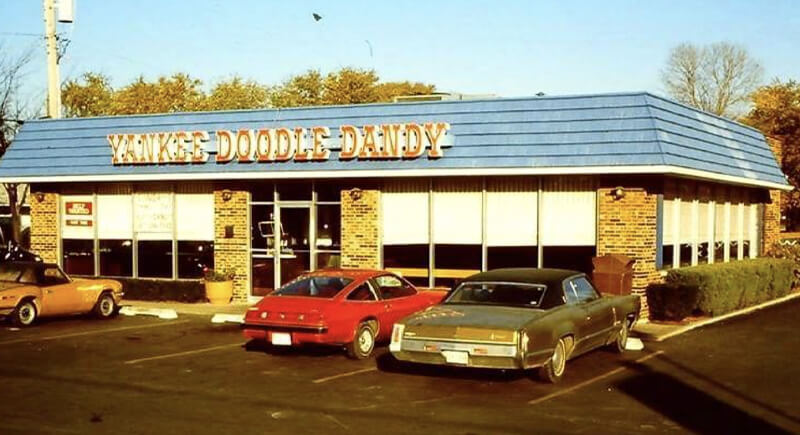
Credit: Facebook
Yankee Doodle Dandy tried to capture the market with a red, white, and blue branding concept, attempting to cash in on America’s bicentennial pride. While that did gain some attraction in the start, the novelty wore off fast. The restaurant failed to compete with established fast-food giants and disappeared.
Wiener King
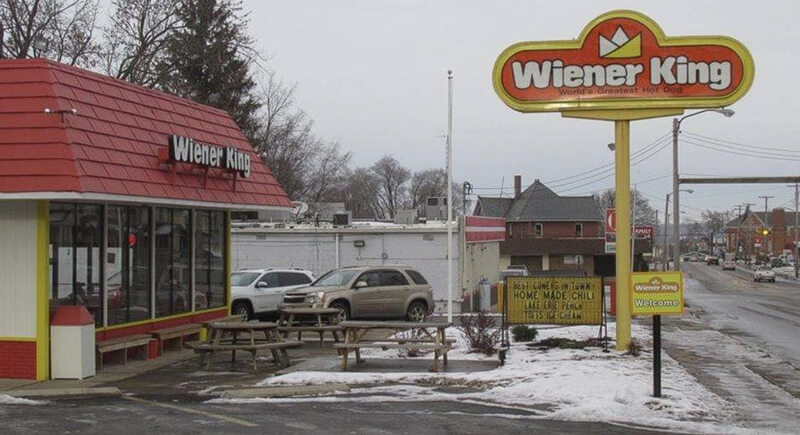
Credit: Facebook
This hot dog chain couldn’t cut the mustard. Wiener King tried to carve out a niche in the fast-food market with a hot dog-focused menu. The chain ultimately disappeared because they terribly failed at making the right financial decisions. The fame only lasted for about four years.



